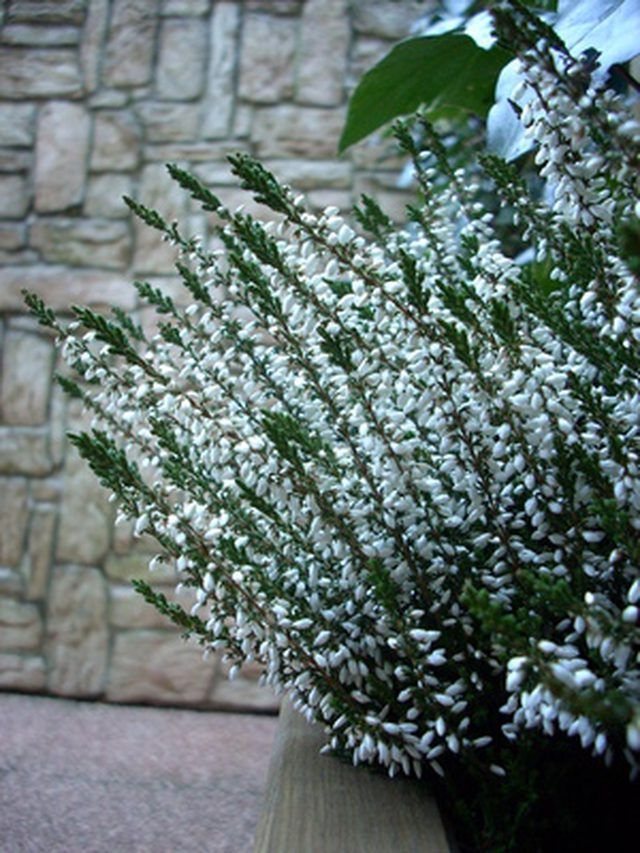Bulbs
Flower Basics
Flower Beds & Specialty Gardens
Flower Garden
Garden Furniture
Garden Gnomes
Garden Seeds
Garden Sheds
Garden Statues
Garden Tools & Supplies
Gardening Basics
Green & Organic
Groundcovers & Vines
Growing Annuals
Growing Basil
Growing Beans
Growing Berries
Growing Blueberries
Growing Cactus
Growing Corn
Growing Cotton
Growing Edibles
Growing Flowers
Growing Garlic
Growing Grapes
Growing Grass
Growing Herbs
Growing Jasmine
Growing Mint
Growing Mushrooms
Orchids
Growing Peanuts
Growing Perennials
Growing Plants
Growing Rosemary
Growing Roses
Growing Strawberries
Growing Sunflowers
Growing Thyme
Growing Tomatoes
Growing Tulips
Growing Vegetables
Herb Basics
Herb Garden
Indoor Growing
Landscaping Basics
Landscaping Patios
Landscaping Plants
Landscaping Shrubs
Landscaping Trees
Landscaping Walks & Pathways
Lawn Basics
Lawn Maintenance
Lawn Mowers
Lawn Ornaments
Lawn Planting
Lawn Tools
Outdoor Growing
Overall Landscape Planning
Pests, Weeds & Problems
Plant Basics
Rock Garden
Rose Garden
Shrubs
Soil
Specialty Gardens
Trees
Vegetable Garden
Yard Maintenance
What Do Heather Plants Look Like?
What Do Heather Plants Look Like?. Common to many parts of the British Isles, heather is a bushy shrub that covers hillside and heath, especially in Scotland, Ireland, and the moors of England, where it is often known as "ling." Many hillsides have a purple haze from the wild-growing heather that provides food for wildlife. The seeds attract birds...
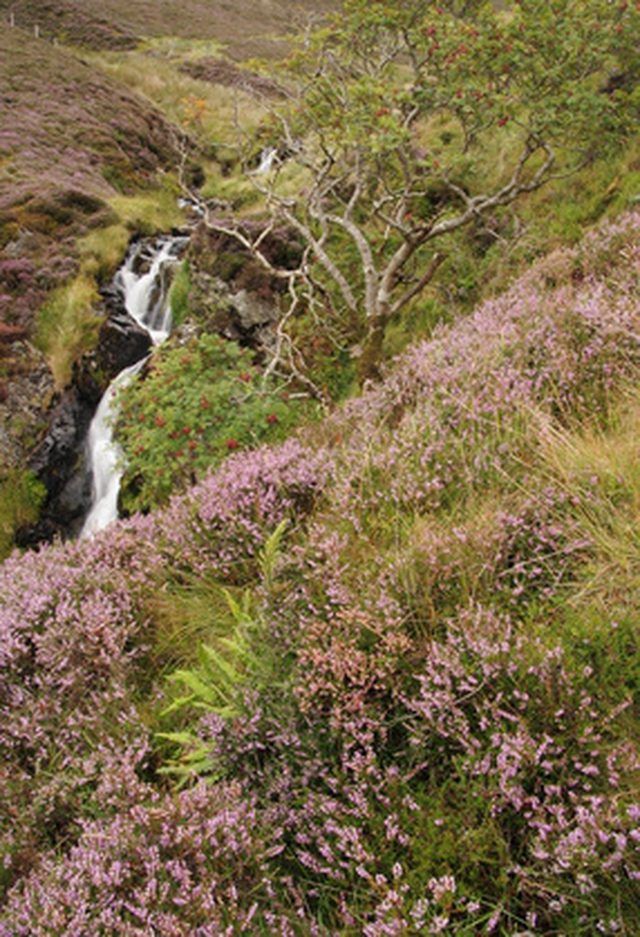
Common to many parts of the British Isles, heather is a bushy shrub that covers hillside and heath, especially in Scotland, Ireland, and the moors of England, where it is often known as "ling." Many hillsides have a purple haze from the wild-growing heather that provides food for wildlife. The seeds attract birds and red grouse enjoy the young, tender shoots.
Identification
Heather is a low-growing, stubby plant with evergreen leaves. The short stems have many branches that can sometimes grow entangled with each other. The most common type of wild heather produces bell-like, purple flowers at the top of the stems and branches. The leaves of flowering stems grow in pairs, and can be smooth or hairy. Flowers usually appear on hillsides from July and they are at their peak in August.
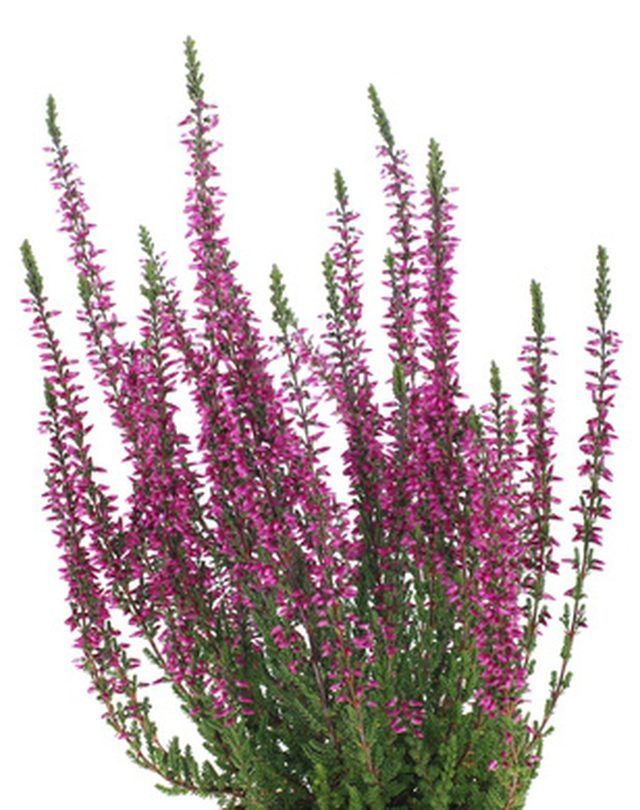
Cultivation
Heather plants are easy to grow and most are suitable for rock gardens, or as thick ground-cover for bedding. The shrubs prefer full-sun and an open site, as they can spread sideways up to 4 feet. Plant at intervals of 2 feet to ensure a good carpet of color. Heather is available for any type of soil; some are lime-tolerant, some prefer an acid soil.
The species Erica carnea is a lime-tolerant, winter flowering plant that comes in shades of pink, red and white. Clip heathers after flowering to maintain a bushy shrub. Summer flowering heathers are good for any type of garden as it is a drought-resistant plant.
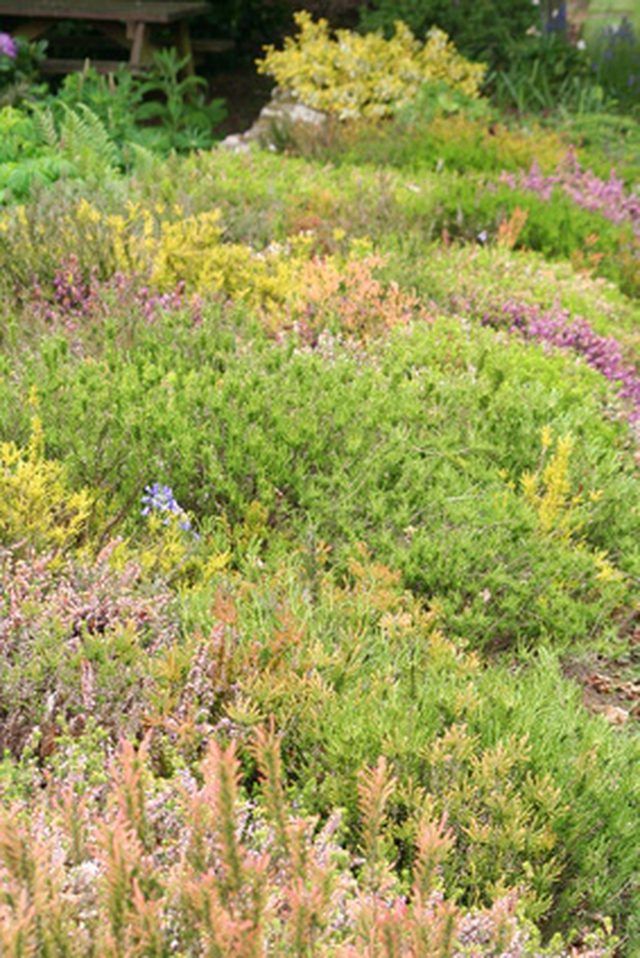
Propagation
Take cuttings of about 2 inches in late spring or early summer and strip away the lower leaves. Dip the bottoms in rooting powder and insert the cuttings in equal amounts of peat and rough sand. Keep them moist in a pot or tray inside a plastic bag. Once they start to root, keep them watered and shaded, and repot them after two months.
Alternatively, plant a complete shrub deep in the ground in spring, making sure the lower half is under soil or compost. Roots should appear by fall.
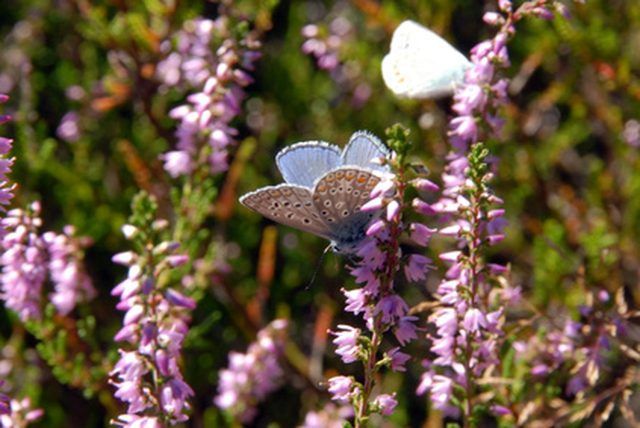
Uses
In the past, the heather growing on moors and heaths was often used as fuel. At times, the stems were tied together in a bundle to make brushes or brooms for sweeping. Some stems were woven into baskets and heather was often used for thatching roofs.
In the Scottish Highlands, crofters cemented the heather stems together with peat to line the walls of their crofts. The flowers of heather plants produce excellent nectar and bees produce delicious honey, which is widely sold in Scotland.
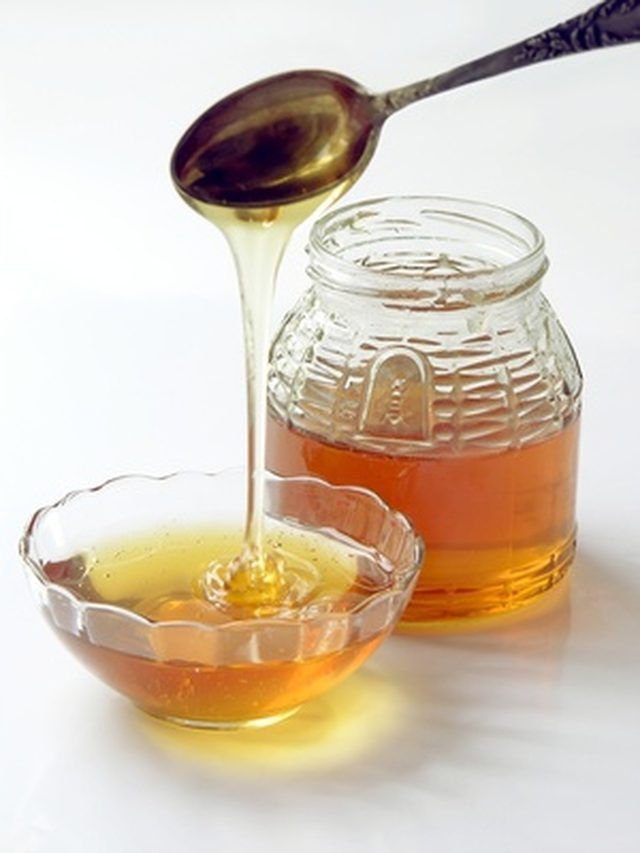
Lucky White Heather
White heather is rarer in the wild, and because of this it is often regarded as a lucky omen. In Scotland, a sprig of white heather is often given as a gift, or worn by the bridegroom at a wedding. Most garden centers now sell heather plants in a variety of colors.
